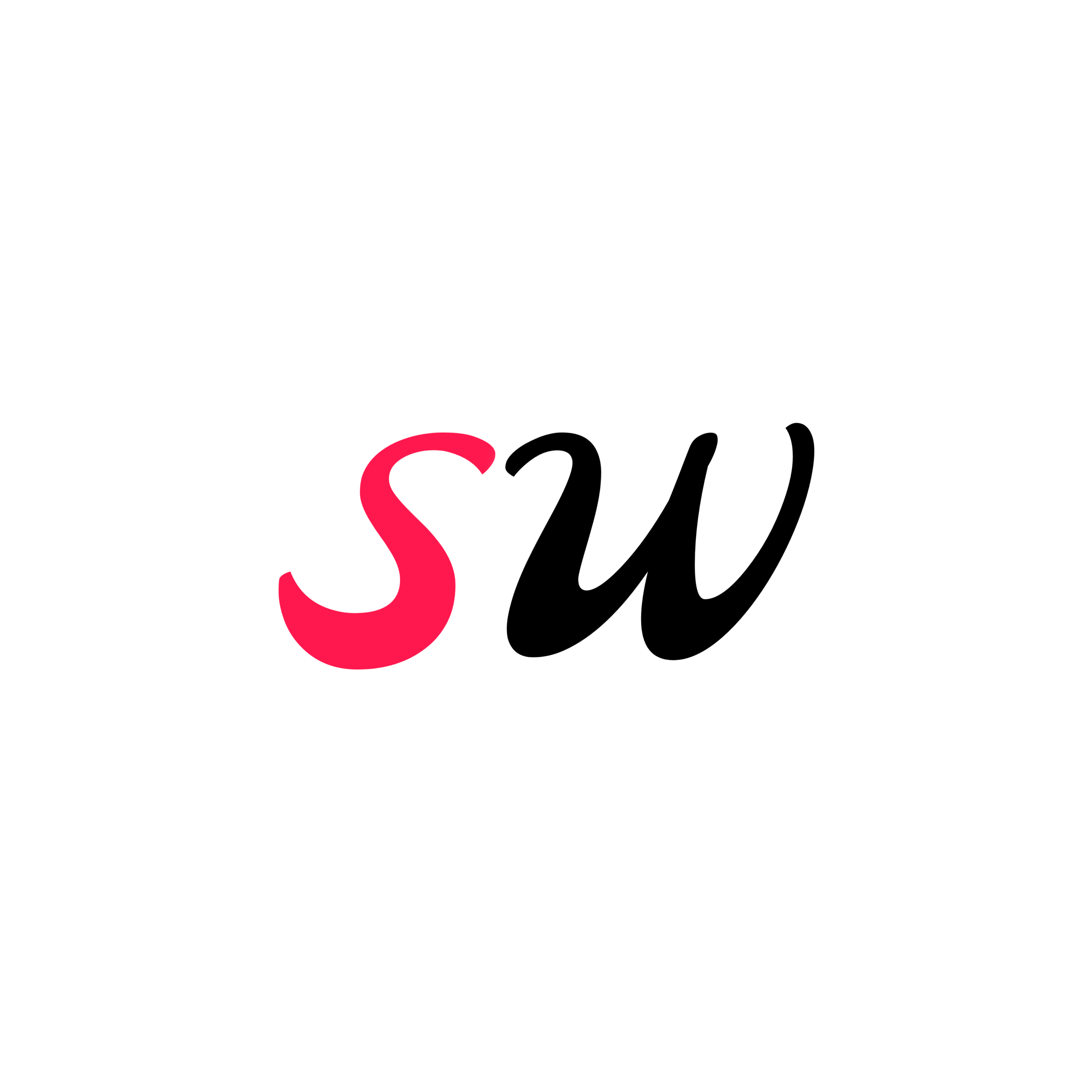In 2025, the camera isn’t just a lens—it’s a director, editor, lighting assistant, script coach, and visual effects team. AI-powered cameras have evolved from passive tools to active creative collaborators, transforming how people capture, edit, and share video. Whether you’re a teenager with a smartphone or an independent artist shooting a short film, you’re no longer limited by gear, crew, or years of training.
Today, the average creator is doing what once required a Hollywood budget—shooting, color-grading, editing, and uploading short-form or cinematic content using nothing more than their phone, a few apps, and some AI support.
This isn’t just changing TikTok and YouTube content. It’s rewriting the film school syllabus, giving rise to global indie cinema, and making everyone a potential filmmaker.
Let’s explore how AI-powered cameras and tools are turning everyday people into directors—and what it means for the future of storytelling.
The Era of Smart Cameras Has Arrived
Unlike the cameras of a decade ago, which merely captured light, today’s AI-powered cameras understand context. They can:
- Identify people, objects, and scenes
- Track motion and anticipate framing needs
- Adjust lighting, exposure, and white balance in real-time
- Suggest shots based on genre or emotional tone
- Auto-generate B-roll, transitions, or visual effects
- Seamlessly edit takes in the background as you record
This isn’t theoretical. These features are already live in 2025’s leading hardware and apps.
Game-Changing AI Camera Tools in 2025
📱 Runway ML
Turn raw clips into cinematic edits with one click. AI-assisted inpainting, background removal, motion tracking, and lip-syncing to voiceovers are now instant.
🔗 runwayml.com
🎥 iPhone 16 Pro’s AI Camera
Apple’s neural engine now allows automatic mood-based color grading, live video reframing, cinematic stabilization, and script-aware zoom. iOS auto-labels footage into story segments for editing.
🤖 Dream Machine by Luma AI
Generative video from text descriptions. You can literally type, “A boy running through a neon-lit street in the rain” and get 5 seconds of polished footage.
🔗 lumalabs.ai/dream-machine
🎬 CapCut AI & AutoCut
Used by millions of creators, it analyzes your footage, music tempo, and genre to create viral-ready clips with optimized transitions and cuts in under 60 seconds.
🔗 capcut.com
🎮 Unreal Engine 5 + MetaHuman Animator
AI-powered real-time animation, facial capture, and full-body performance editing—even without green screens or mocap suits. Indie game devs and filmmakers now render Hollywood-level cinematics at home.
🔗 unrealengine.com
How AI Empowers the “Everyday Director”
🧠 Creative Suggestion Engine
AI tools now suggest camera angles, transitions, shot composition, and even storyboard prompts based on the user’s script, mood board, or reference clips.
“I just typed the vibe I wanted: sad but hopeful, end of day, golden hour. The AI planned the whole sequence.”
— Sana, a 17-year-old short filmmaker in Bangalore
🖼️ Live Style Transfer & Filters
Apply the look of Blade Runner or Euphoria instantly with AI-based LUTs (look-up tables) that match the tone, saturation, and lighting of iconic cinematography.
✂️ Autonomous Editing
Start recording. Stop. Let the AI pick the best takes, tighten cuts, remove filler, sync music, and export in your preferred aspect ratio—vertical for TikTok, cinematic 2.35:1 for shorts.
👁️ Smart Framing & Subject Tracking
AI ensures your face is always in frame, adjusts focus based on dialogue delivery, and simulates dolly or crane shots using post-stabilization and zoom logic.
This Isn’t Just for Social Media
AI filmmaking isn’t just for influencers. It’s revolutionizing:
- 🎞️ Indie film: One-person crews now create festival-quality work.
- 🧑🏫 Education: Teachers generate lesson explainers with stock B-roll + voiceover in minutes.
- 🏞️ Documentary: Explorers use drones + AI voice cloning to narrate on-location stories.
- 💼 Marketing: Startups generate ads with AI actors, locations, and scripts—no need for agencies.
Expert Insights: Is This a Good Thing?
“AI in filmmaking doesn’t kill creativity—it democratizes it. Now you don’t need a $5K Steadicam or a 12-person team to tell your story.”
— Matthias Hoene, Director of Cockneys vs Zombies
“We’re entering an age of visual abundance. But great storytelling still matters more than resolution or effects.”
— Cathy Yan, Director of Birds of Prey
Ethical and Artistic Challenges Ahead
- Deepfake abuse: AI-generated actors can be misused for misinformation or revenge content.
- Originality debates: Who owns the story—the human, the AI tool, or the data set?
- Cinematic sameness: Too much reliance on AI can create “template films” lacking soul.
AI tools often suggest what has worked before, not what’s emotionally risky or innovative. There’s a risk of flattening creativity unless users push boundaries.
How to Start Making Films with AI (Even If You’re a Beginner)
- Choose a creative goal – Short film, vlog, educational content, or social story?
- Write or speak your idea – Tools like ScriptAI can turn it into scenes or dialogues.
- Capture or generate footage – Use your phone camera or tools like Luma Dream Machine.
- Use AI tools to edit – CapCut, Runway, Descript, or Adobe Premiere Pro AI assist.
- Publish and iterate – YouTube, Instagram, Vimeo, or even submit to AI film festivals (like Runway’s AI Film Festival).
Future of Filmmaking: 2026 and Beyond
By next year, we expect:
- Wearable AI cameras that detect emotional peaks and auto-record moments
- Real-time AI actors that lip-sync and perform in virtual sets
- Emotionally aware editors that trim scenes based on viewer psychometrics
- Narrative AIs that help you plot your next episode, based on audience retention graphs
And most radically, we may see creatorless cinema—films directed, shot, and edited entirely by AI, but still capable of making us cry.
Final Takeaway
AI cameras are doing more than democratizing content creation—they’re redefining authorship. In 2025, it’s no longer about who has the gear or the budget—it’s about who has the idea, the story, and the curiosity to experiment.
Because now, your tools don’t just record the story.
They help you tell it.
